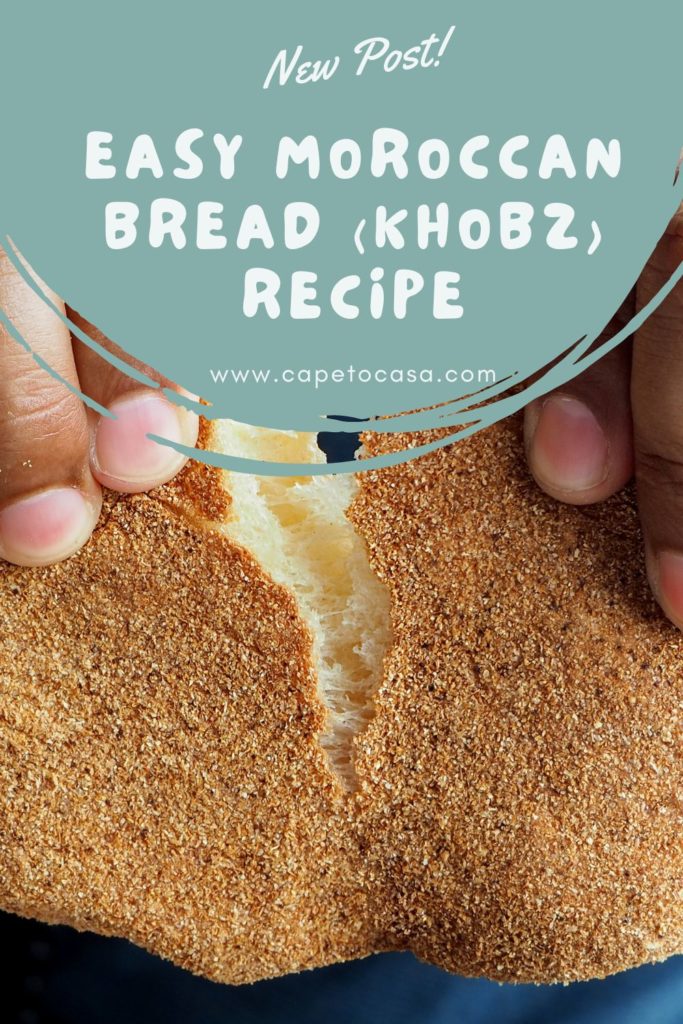Love Moroccan food? Love bread? Then you’ll love this Moroccan khobz recipe! This easy bread recipe is perfect for anyone who wants to learn how to make Moroccan bread. It’s simple to follow and yields delicious results.
Whether you’re looking for a new dinner idea or something special to serve at your next party, you’ll be able to impress your friends and family with your new baking skills from Morocco!
Are you ready? I can’t wait to show you my mom’s Moroccan Khobz recipe!
You may also like to try:
- Kefta Recipe: Moroccan Seasoned Ground Beef or Lamb
- Harira Recipe: Moroccan Tomato-Based Soup Recipe
- Chermoula Recipe: Authentic Moroccan Marinade Recipe
What is Moroccan Khobz?
If you know Moroccans, then you know that we love our Khobz and we eat a lot of it. Moroccan Khobz is delicious round-shaped bread! It’s fluffy and soft on the inside with a crispy crust on the outside.
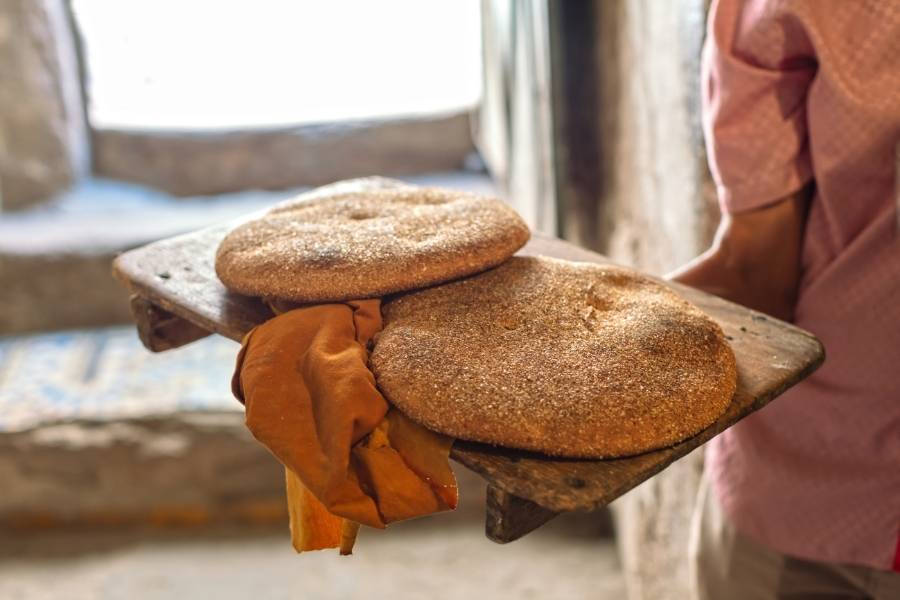
Khobz has different names in different regions. You may also hear us calling it Kesra or Agroum (in Amazigh regions).
In rural areas, Moroccan Khobz is usually baked in an ( Inoor ) Tandoor which is a cylindrical outdoor clay oven (women make it with their own bare hands).

The clay oven would be heated with hot coals and the bread would be placed in a metal tray inside until baked.
Nowadays, most people prefer making their own bread at home using modern ovens and it tastes just as good!
How do you serve Moroccan bread (Khobz)?
For breakfast, Moroccan bread is best enjoyed freshly baked and dipped in honey, Argan oil, or olive oil.
We also have Moroccan Khobz for lunch and dinner as an accompaniment to almost every dish including our mouthwatering tagines and soups. We even use it to scoop up any sauce or gravy that’s left over on our plates.
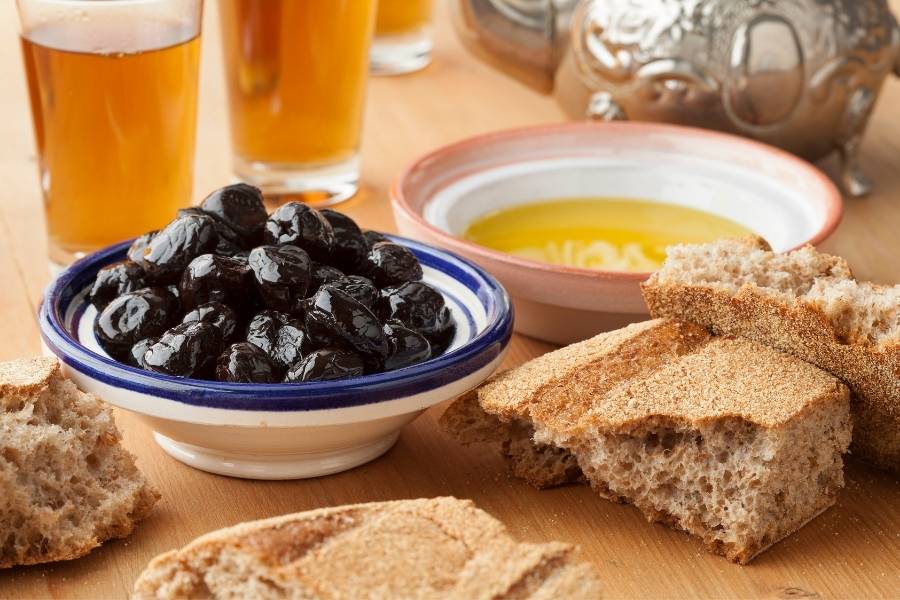
Plus, Moroccan khobz can make a good sandwich by cutting wedges and stuffing it with your favorite fillings like stews, eggs, vegetables, and salads.
Moroccan bread is truly versatile and an essential part of our cuisine.

The good news is that everyone can make it at home because it’s so easy to make. You just need a few ingredients that you probably already have in your kitchen pantry.
What is the difference between Moroccan bread and other types of bread?
Moroccan bread is unique in its texture and flavor. Unlike other types of bread, Moroccan bread is fluffy and soft on the inside with a crispy crust on the outside.
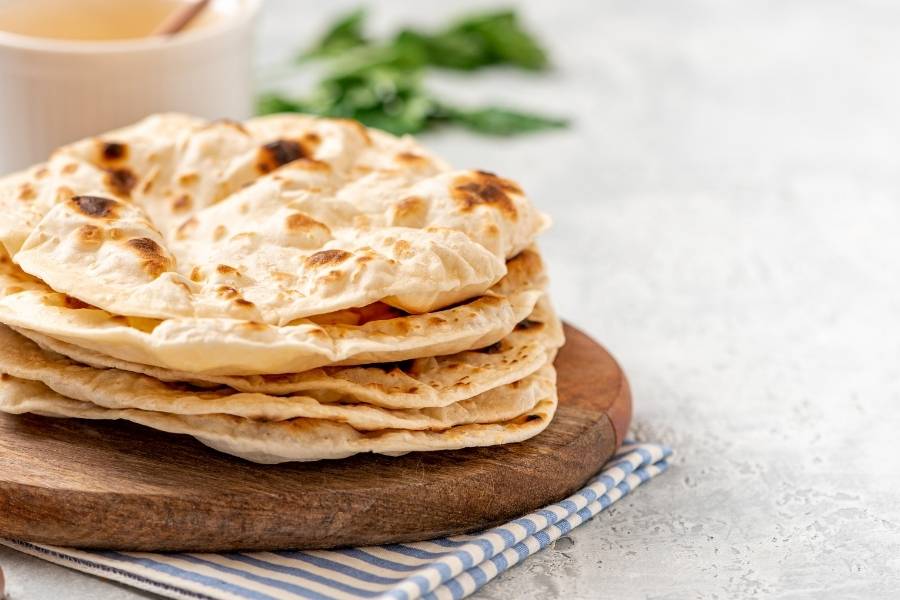
Moroccan bread is sometimes referred to as flatbread but I personally don’t think it’s accurate. While it is true that Moroccan bread is flat, it is not as thin as the regular flatbread.
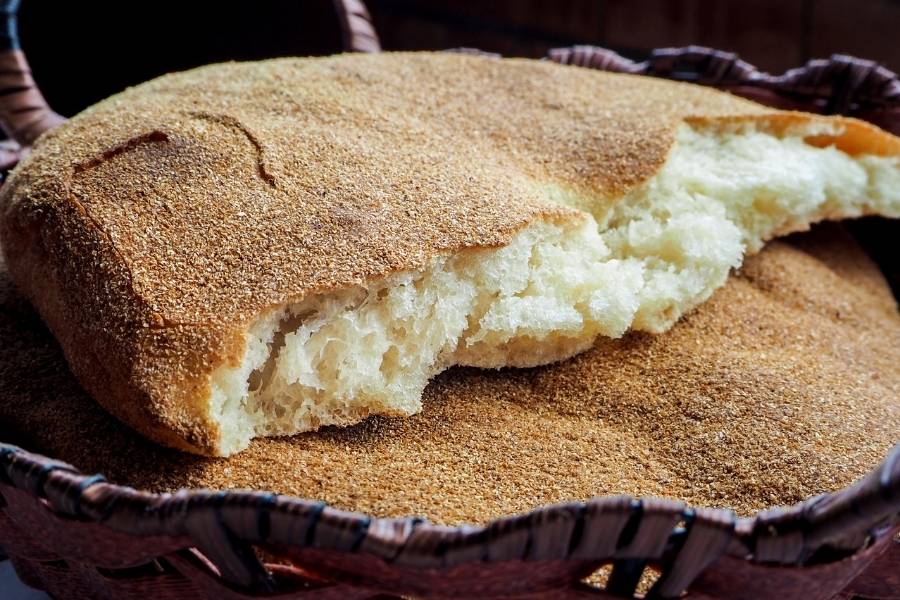
Some people like to make their Moroccan bread very thin while others prefer it to be thick. But the common bread thickness is around 2 to 3 cm.
What kind of flour should I use for the Moroccan Khobz recipe?
Moroccan khobz can be made with different types of flours. My mom’s Khobz recipe uses a mix of two different types of flours. Whole wheat flour and white flour (Called force in Morocco)
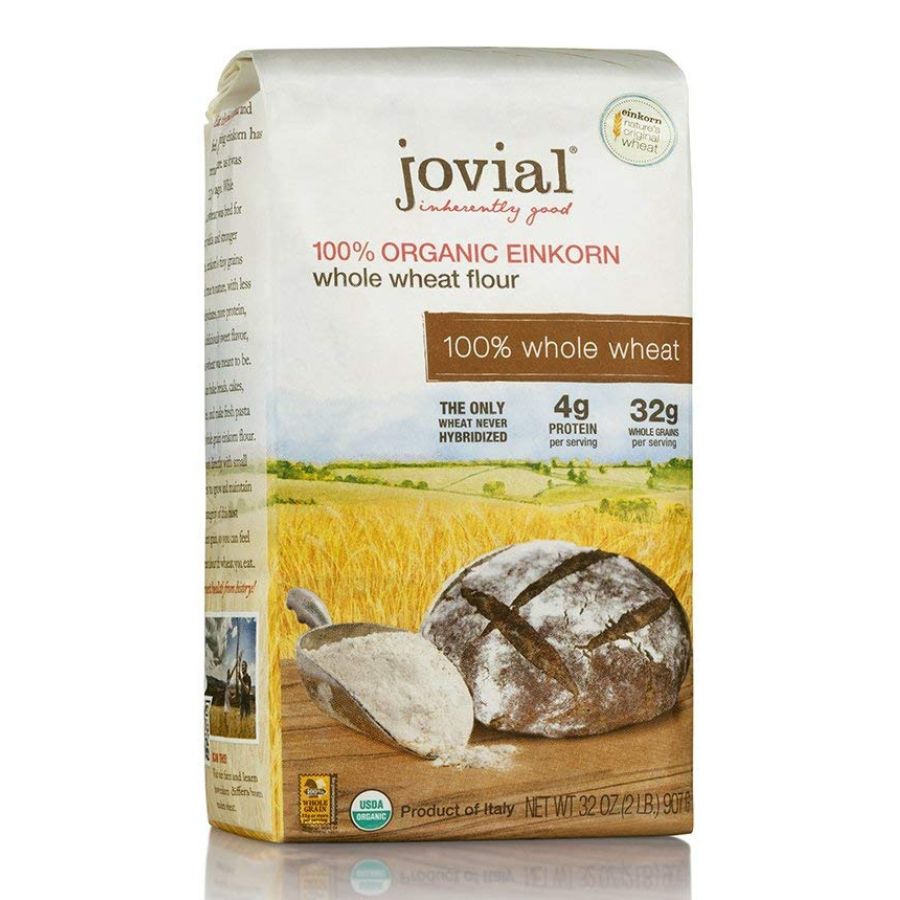
For the white (Force) flour, use a normal white baking flour. And for the whole wheat flour, any whole grain or barley flour will do.
If you can’t find whole wheat flour, don’t worry. You can use 100% all-purpose flour ( preferably the one labeled for bread).
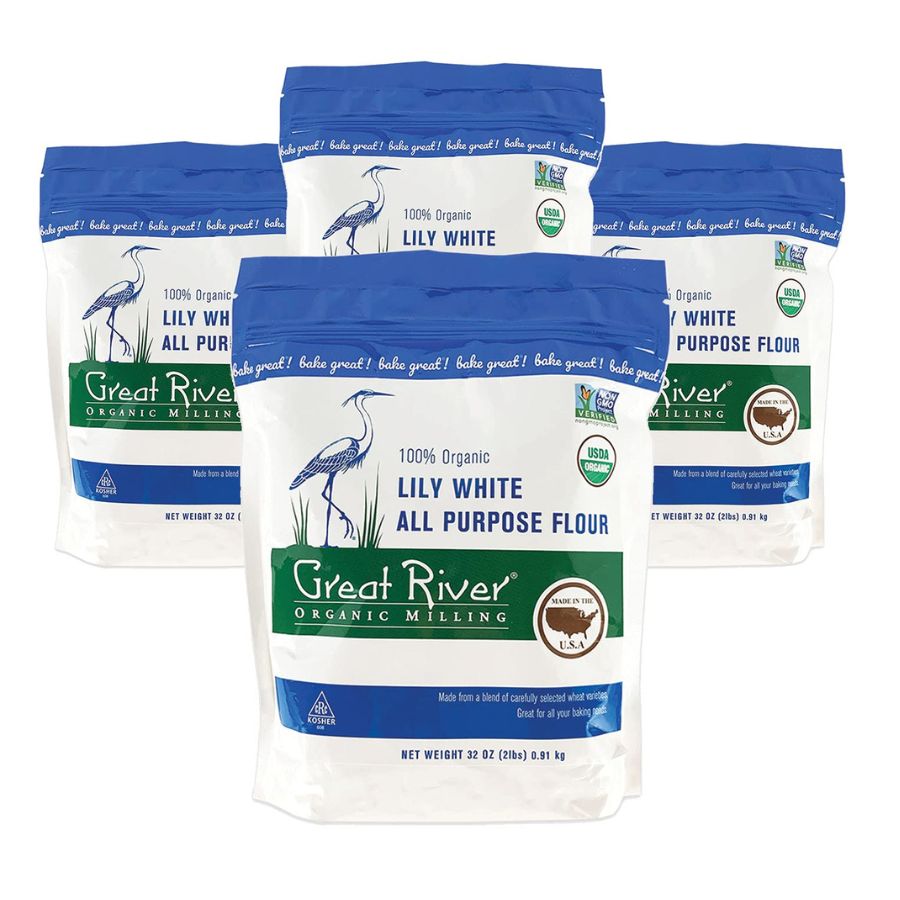
The proportion for my Khobz recipe is 70% wheat flour and 30% white flour.
But the best thing to do is to use my mom’s recipe because it yields the best results of fluffy and crusty Khobz. I promise!
[penci_recipe]
Like it? Share it!
